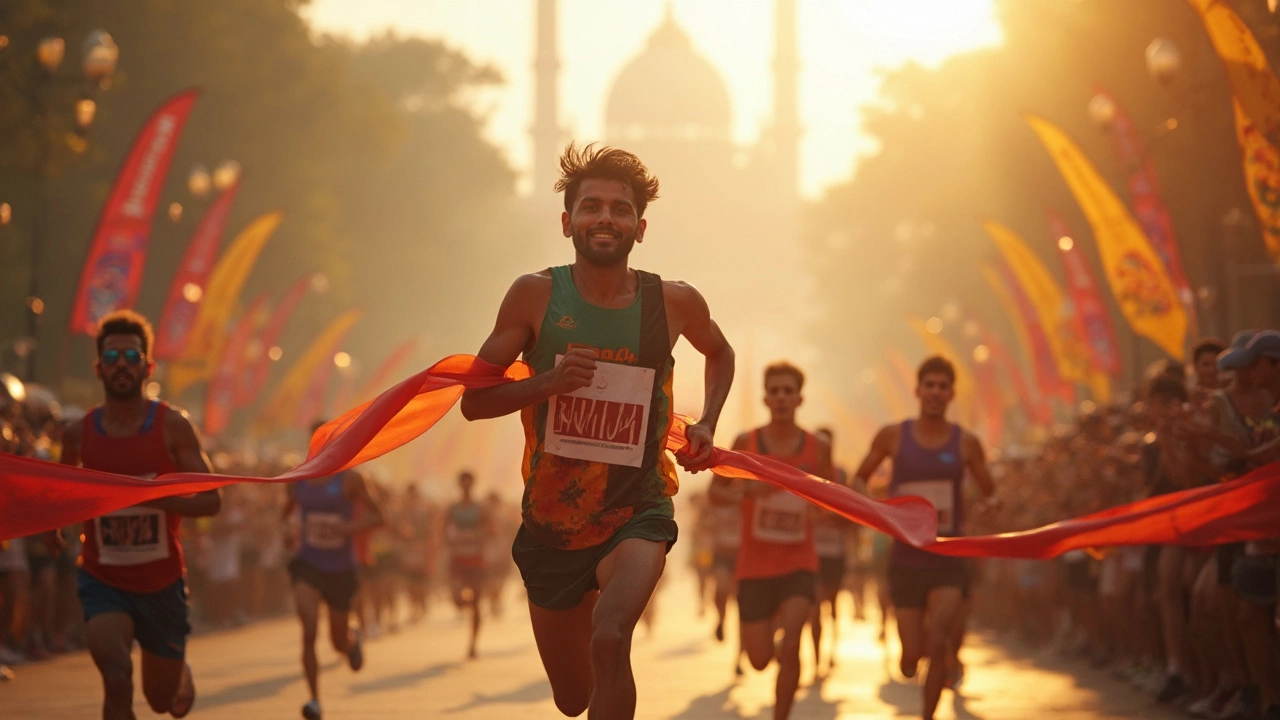Master Your Marathon Pace in Simple Steps
If you’ve ever stared at the marathon start line and wondered how fast you should run, you’re not alone. Getting the right pace can mean the difference between a strong finish and hitting the wall early. The good news? You don’t need a degree in science to figure it out. Just a few numbers, a bit of planning, and the right mindset.
How to Calculate Your Target Pace
Start with a recent race or a long run where you felt comfortable. Take the total time and divide it by the distance in kilometers or miles – that’s your average speed. For a marathon, many runners aim for a pace that’s about 10‑15% slower than their 10K race pace. If you ran a 10K in 50 minutes (5:00 per km), a reasonable marathon pace might be around 5:30‑5:45 per km. Online calculators can do the math for you, but understanding the logic helps you adjust on the fly.
Don’t forget the “talk test.” If you can hold a conversation at your target pace, you’re likely in the right zone. If you’re gasping for air, slow down a little. Conversely, if you could easily chat, you might have room to speed up a bit.
Tips to Keep Your Pace on Race Day
1. Use a GPS watch wisely. Set alerts for each kilometer or mile so you know instantly if you’re drifting fast or slow. Turn off the screen for short bursts if you start checking it too often – it can become a distraction.
2. Start slower than you think. The first 2‑3 miles feel easy for most runners, but it’s tempting to sprint ahead. Stick to your planned pace; those early miles set the tone for the whole race.
3. Break the race into segments. Think of the marathon as four 10K blocks. Focus on one block at a time, adjusting only if you feel strong or fatigued. This mental trick keeps the distance from feeling endless.
4. Practice pacing in training. Do at least two long runs at your goal marathon speed. If you can hold that pace for 30‑35 km in training, the 42.2 km on race day will feel more doable.
5. Watch the terrain. Hills will naturally slow you down. On uphills, keep your effort steady rather than chasing a specific speed. On downhills, let gravity help but avoid overstriding, which can waste energy.
Remember, the perfect marathon pace isn’t a static number. It may shift by a few seconds per kilometer depending on weather, sleep, and how you feel that morning. Stay flexible, trust the plan you built, and enjoy the run. With the right pace, you’ll cross the finish line feeling strong and proud.


